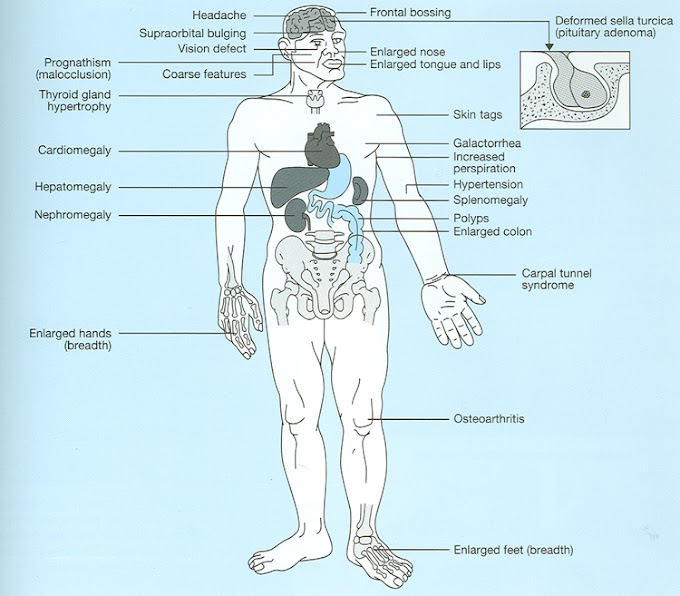Healthy Diet
"Cut back fat, increase fiber & soy product intake"
A healthy diet is usually the first step in lowering cholesterol before other treatments are added. It is based on reducing saturated fat and cholesterol in your diet. It first include changes to your current eating plan, your doctor may refer you to a registered dietitian (RD) who can help you make these changes. An RD will teach you about the Diet, help you choose foods and plan menus, monitor your progress, encourage you to stay on the Diet, and help you to adjust your calorie level accordingly. The main principles of the Diet include: Cut back total fat Some people with high cholesterol and heart disease often think that it is okay to eat fried foods as long as it is fried in a healthy oil and not in butter, ghee or hydrogenated fat. Well, they are wrong. Only substituting fat and still continuing to have a high fat diet will not improve the cholesterol levels. You will need to limit all types of fat - saturated, polyunsaturated, trans fatty acids (trans fats) and monounsaturated - to no more than 30% of your total daily calories. Because all foods with fats contain a combination of these fats, it's important to reduce total fat. Not every food you eat must have less than 30% of its calories from fat. Use the guideline as a daily average. Balance high-fat foods with low-fat choices, so that your fat intake is not more than 30% of your daily calories. If your daily intake is 2,000 calories, 30 percent equals 65 grams of fat. Limit saturated fat to no more than 10% of total calories. Limit dietary cholesterol Your daily limit for dietary cholesterol is 200 milligrams. To accomplish this goal, limit or avoid concentrated sources such as organ meats, egg yolks and whole milk products. Here is a list of foods you should eat.
1. Eggs without yolk (only egg-white)
2.Skim milk, ice milk, low-fat/nonfat yogurt, and cheeses labeled "low fat," "light," or "part skim".
3.Vegetable oils (olive, corn, canola, peanut)
Eat foods with soluble fiber
As part of a low-fat diet, soluble fiber can help lower your total blood cholesterol level. Foods high in soluble fiber include oat bran, oatmeal, beans, peas, rice bran, barley, citrus fruits, strawberries, and apple pulp. Go for fish Certain kinds of fish contain high amounts of a unique type of polyunsaturated fat called omega-3 fatty acids. These are fatty fishes found in cold water, for e.g., seer, purava, hilsa, salmon, mackerel, tuna,herring. Omega 3 fatty acids may lower your level of triglycerides.
Reduce alcohol
There is good news for those who drink. Moderate consumption of alcohol may raise your level of HDL cholesterol. The best advice is to drink in moderation if you drink at all. Limit alcohol to one drink daily if you're a woman, to no more than two drinks daily if you're a man. But, if you're a nondrinker, don't start drinking alcohol! Don't drink alcohol if you have a high level of triglycerides.
Stop smoking
"Smoking does more damage than you can see."
Smoking reduces your heart protective HDL cholesterol by 15%. So if you smoke, stop. If you don't smoke, don't start. Cigarette smoking damages the walls of your blood vessels, making them prone to accumulate fatty deposits. If you stop smoking, your HDL cholesterol may return to its former level.
recent posts
Blog Archive
Labels
A
Aarskog Syndrome
Aase Syndrome
Abdominal Aortic Aneurysm
Acanthosis Nigricans
Acetaminophen and Codeine Overdose
Acetaminophen Overdose
Achondrogenesis
Achondroplasia
Acidosis
Bladder
Blood
Bone
Brain
Breast
Cancer
Cold
Depression
Diabetes
E
Ear
Esophagus
Face
Fever
Fitness
Health Conditions
Heart
Kidney
Liver
Lungs
Ovary
Pancreas
Poisons
Prostate
Skin
Stomach
Testicle
Throat
Thyroid
Tooth
Typhiod
Ulcer
Uterine
About me

Aenean sollicitudin, lorem quis bibendum auctor, nisi elit consequat ipsum, nec sagittis sem nibh id elit. Duis sed odio sit amet nibh vulputate.
Disclaimer
The information contained in this website is for general information purposes only. A qualified medical professional should always be consulted prior to undertaking or engaging in any aspect related to your’s or someone else health.All the contents here are public,if the contents are objectionable to anyone's copyright please contact me.
Popular Posts
Metabolic Acidosis
Monday, April 23, 2012
What is Type 2 Diabetes?
Monday, June 17, 2013

Acromegaly:Definition,Causes,Symptoms,Diagnosis,Treatment
Wednesday, December 02, 2009
Subscribe Us
Categories
Created By SoraTemplates | Distributed By Blogger Themes

0 Comments